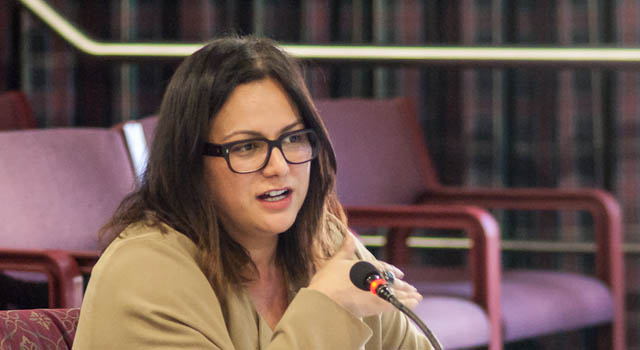
MultiChoice subsidiary M-Net wants access to more radio frequency spectrum than it has provisionally been allocated in the draft digital terrestrial television (DTT) regulations, it said at Independent Communications Authority of SA (Icasa) hearings on Tuesday.
The broadcaster says it won’t be able to offer its existing channels in high definition when digital broadcasts commence, let alone launch new channels to encourage consumers to make the transition from analogue to digital.
It says its allocation of 40% of a second multiplex — this is a chunk of spectrum — gives it very little space to work during the dual-illumination period when analogue and digital signals will coexist. It argues it will have no capacity for “digital incentive channels”, which Icasa says are a key driver in getting consumers to adopt DTT.
Icasa councillor William Currie used Tuesday’s hearing to ask whether it was necessary for M-Net to broadcast its terrestrial channels in HD during migration to digital.
But M-Net CEO Patricia van Rooyen says the company’s migration is being “hampered from the start”.
The broadcaster argues that a proposed reservation of 10% of the capacity in the second multiplex for future, as yet unspecified, use is “wasteful”, particularly in light of a proposal that a third multiplex be created during dual illumination.
M-Net wants this 10% allocation to come its way, which would mean the second multiplex would be split evenly between it and e.tv. However, the broadcaster claims that if it is allocated 50% of the second multiplex, this would still not provide sufficient spectrum to offer digital incentive channels.
M-Net director of legal and regulatory affairs Karen Willenberg says broadcasters are not being compensated adequately for spectrum they’ll return and that “further allocations must be addressed”. She says after the dual-illumination period each national terrestrial broadcaster should be assigned enough spectrum to create its own multiplex.
M-Net also has reservations about the draft DTT regulations’ content requirements. Compliance needs to be measured across the bouquet of channels rather than per channel and a suggestion of measuring it daily doesn’t allow for flexibility and goes against the current practice of measuring compliance over a year, M-Net says. — (c) 2012 NewsCentral Media




